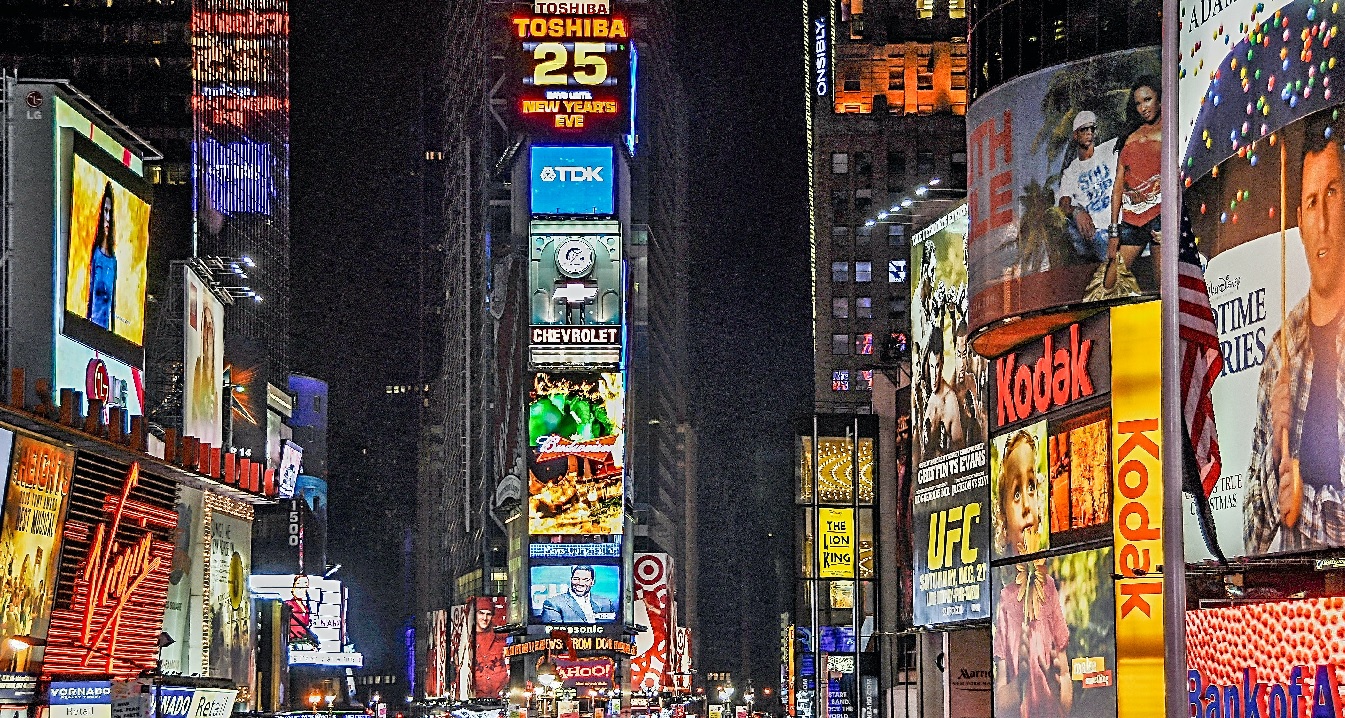
Image Banners Feature
Post Affiliate Pro supports all types of image banners. Banner ads come in numerous sizes, but are often rectangles 460 by 60 pixels.
Glossary
A banner is a graphic image or video placed on a webpage to promote a website, product, service, or company, commonly used in affiliate marketing to drive traffic and boost strategy.
Banner is the most common used advertising material, that helps with promoting products, services or sites. Banners are part of the company’s marketing strategy and they advertise through different formats, e.g. an animated GIF, image or short videos. People can find them on an affiliate’s website. The main purpose is to transfer visitors to a merchant’s website.
In Post Affiliate Pro, you have access to many different promotional materials. Try Text link banners, image banners, HTML banners and more. Learn more about these materials.
In the realm of affiliate marketing, banners are vital tools for promoting products and services. Affiliates utilize banners to attract potential customers to their merchant partners’ websites, earning commissions on resulting sales or leads. Here’s how banners integrate with affiliate marketing:
Affiliate software solutions often include features that facilitate the creation, distribution, and tracking of banner ads. These platforms provide affiliates with access to a repository of banners, simplifying the integration process into their marketing efforts. Key functionalities include:
The concept of the banner has historical roots, originally referring to a flag or piece of cloth used as a symbol of identity or allegiance. In the digital age, the term has evolved to describe graphical advertisements designed to attract online users. The first digital banner ad appeared in 1994 on HotWired.com, marking the inception of internet-specific advertising and paving the way for the expansive use of digital banners today.
A phenomenon where users consciously or unconsciously ignore banner ads. To combat this, marketers should focus on:
Software that prevents banner ads from displaying. Strategies to mitigate this include:
A/B testing, often referred to as split testing, is a research methodology extensively used in digital marketing to compare two different versions of a digital asset, such as a banner ad, to determine which one yields better results. The process involves creating two variations of a banner ad where one element is altered—this could be the call to action (CTA), image, color scheme, or layout.
These variations are then displayed to different segments of the audience to analyze which version produces better performance in terms of click-through rates (CTR), conversions, or other key performance indicators (KPIs).
The value of A/B testing in affiliate marketing and affiliate software is indispensable for optimizing the performance of advertisements. Affiliates rely on A/B testing to fine-tune their advertising strategies, aiming to maximize audience engagement and conversion rates. By doing so, they gain insights into what designs or messaging resonate most effectively with users, ultimately enhancing brand awareness and driving revenue.
Banner sizes are crucial for the placement and effectiveness of digital ads. Understanding standard banner dimensions allows marketers to create display ads that are well-suited for the advertising spaces available across different platforms. Here are some of the most common banner sizes in digital advertising:
Medium Rectangle (300×250 pixels) :
Versatile and widely used on both desktop and mobile. Typically placed within content or in sidebars, balancing visibility with non-intrusiveness.
Large Rectangle (336×280 pixels) :
Offers more space than the medium rectangle, ideal for content-heavy sites like the ends of articles, enhancing user interaction with more engaging ads.
Leaderboard (728×90 pixels) :
Predominantly used in desktop environments, usually located at the top or bottom of web pages. Its “above the fold” placement ensures high visibility, making it effective for brand awareness.
Wide Skyscraper (160×600 pixels) :
Positioned vertically on the sides of webpages, providing significant visibility without disrupting user experience, suitable for detailed messaging.
Large Mobile Banner (320×100 pixels) :
Specifically designed for mobile devices, offering more vertical space than standard mobile banners, improving engagement on smaller screens.
Half Page (300×600 pixels) :
Known as the “large skyscraper,” it provides ample space for complex ad content, ensuring visibility and engagement.
Billboard (970×250 pixels) :
A large horizontal banner often placed at the top or bottom of a webpage, catching attention due to its size and prominence.
The most common types of banners are animated GIFs, images and short videos.
A banner is a graphic image, or video, usually placed on the top or bottom of a webpage. It promotes a website, product, service, or company.
Banners can be used for a variety of purposes, such as to promote a product, brand, event, or cause.
Discover how different banner formats and sizes can enhance your marketing campaigns and drive better results.
Post Affiliate Pro supports all types of image banners. Banner ads come in numerous sizes, but are often rectangles 460 by 60 pixels.
Banner ads can bring traffic and success to any affiliate marketing program. Check out the 10 best practices to boost your sales.
HTML banners allow you to fully customize the look of your banners. Forms, tables, graphs, and multiple images can be defined as one banner.

